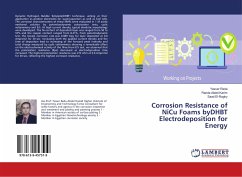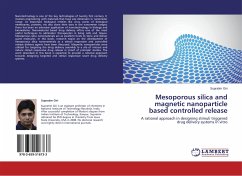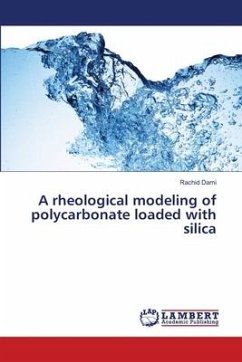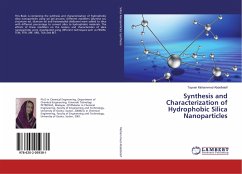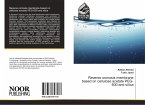Recently, porous ceramic materials are used as components in special and advanced engineering applications. These include filtering liquids and particles in gas streams, porous burners, biomedical devices, lightweight load-bearing structures, sandwich panels, core materials, heat insulation, fuel cell, as conductor as well as insulator, etc. Fabrications of open cell ceramic foams are of scientific and technological interest because of their ability to interact with atoms, ions and molecules not only at their surface, but throughout the bulk of the material. In present review, the three basic methods (i.e. replica, direct foaming and burn-out of fugitive route) for preparing ceramic foams are discussed. Highly-porous and interconnected carbon foams were manufactured via template route. The porous silica foams are obtained through a sintering of macro-casted PU foam templates with the hydrolyzed silica sol. Both the foams were highly interconnected having uniform porosity and poresize distribution.



